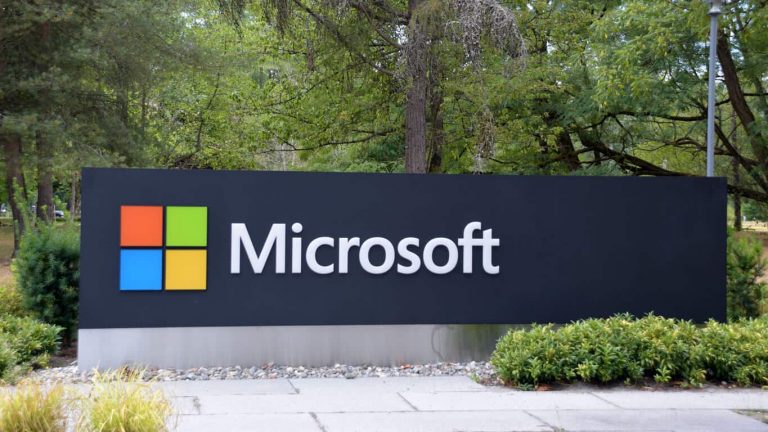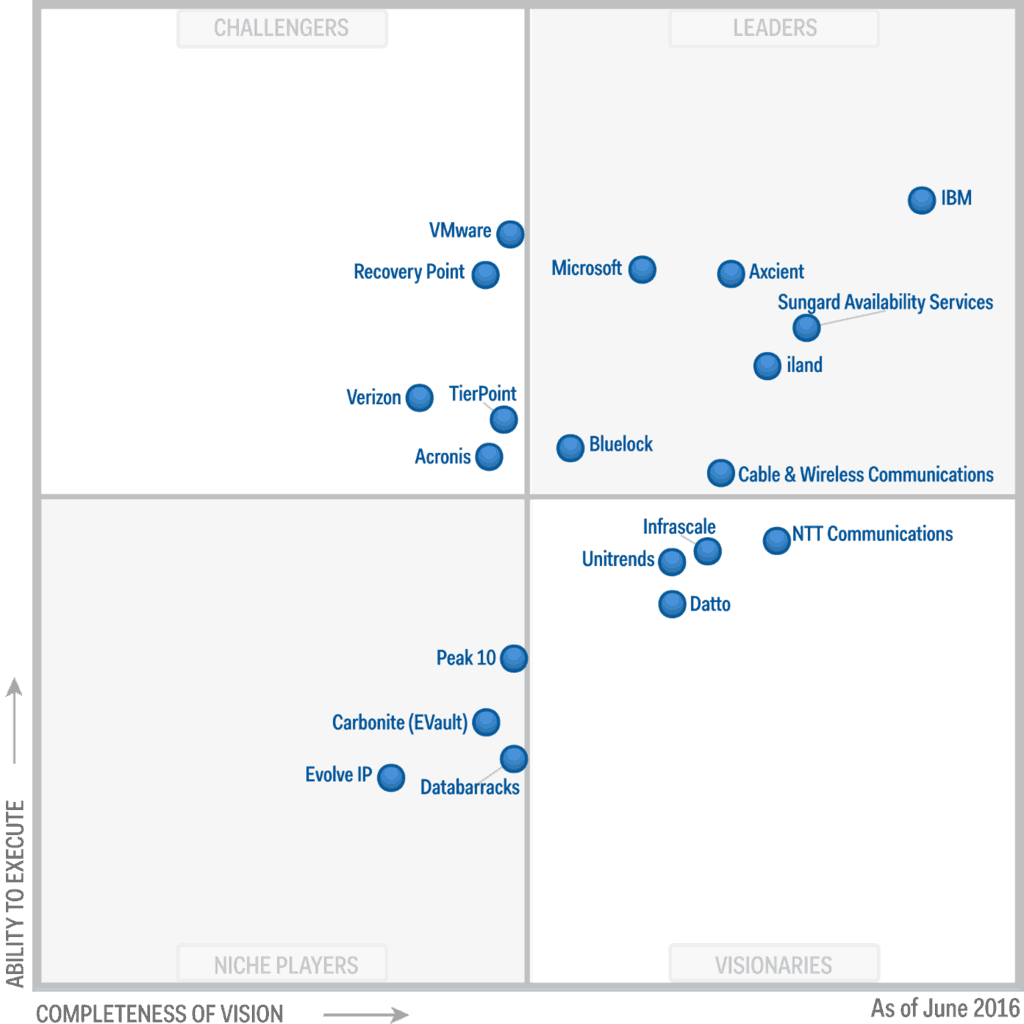The Gartner analysis teams have assigned another victory to Microsoft with the publication of the Magic Quadrant for Disaster Recovery as a Service, also known as DRaaS. According to the market research firm, over 250 providers support disaster recovery through configurations, pricing policies, and service tiers. With an expected increase of production failover solutions doubling over the course of the next four years, providers on the DRaaS quadrant, such as Microsoft, continuously attempt to provide more flexible policies.
Even though 2016 was the first time that Microsoft participated in Gartner’s DRaaS Magic Quadrant, the company still managed to land in the upper right quadrant in the Leaders group. Gartner outlined in the study that Microsoft Azure cloud service and migration, combined with Azure Site Recovery, enabled customers to take things into their own hands for hybrid disaster recovery.
In fact, ASR’s availability to the broader population through partners and clients ensured that Microsoft had a distinguished DRaaS solution. ASR continued to expand their services with the addition of InMage technology and recovery support for VMware’s vSphere.
STRENGTHS
- Microsoft is uniquely positioned to provide customers converged data and availability solutions within a hyperscale cloud (that is, Azure). Growth of production quality workloads in the public cloud is just starting to accelerate, and Microsoft believes it is well-positioned to take advantage of this phenomenon.
- The Azure portal that is used to back DRaaS supports more than 50 languages.
- ASR pricing is simple: It is priced on the number of instances protected, or through the OMS add-on.
- Microsoft received high customer reference scores for service feature innovation, service cost-effectiveness and simplicity of the provider portal GUI.
CAUTIONS
- Although its installed base is growing rapidly, Microsoft currently does not have the same level of service delivery experience as some of its larger competitors (for example, IBM, Sungard Availability Services [AS] and Verizon).
- Currently, Microsoft supports only self-service delivery and lacks the hybrid configuration management capabilities of some of its competitors.
- Microsoft received low customer reference scores for the quality of technical support and contract flexibility. It also received a low customer reference score for account management. Microsoft now has a dedicated technical support team for its data and availability solutions.
- Microsoft’s recovery management experience with data configurations that contain a wide variety of system platform types (for example, IBM System i, IBM System p, Oracle Solaris and HP-UX) is limited.
Twenty providers met the inclusion criteria for the Magic Quadrant for DRaaS compared to the fourteen that were eligible for the 2015 report. Only seven of those providers were placed in the Leaders quadrant, but according to Gartner there was significant improvement among most providers in the last year. Even more impressive was the fact that smaller providers that had been known for better customer care programs achieved the higher satisfaction ratings despite their placements on the DRaaS Magic Quadrant.
With offices in over 120 countries and Azure data centers within 28 regions, including the recently added Canada expansion, it’s not surprising the company is high on Disaster Recovery for customer care. After nabbing a leader position in other quadrants such as the Mobile App Development Platforms and the Identity and Access Management as a Service quadrants, Microsoft has proven once again that they are truly one of the highest contenders for Gartner’s reports.



